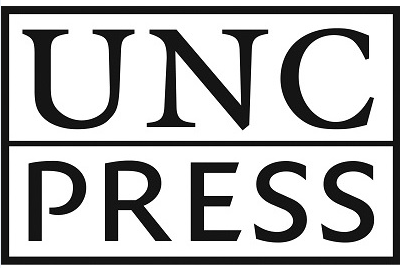For more than two hundred years, Americans have imagined and
described Cuba and its relationship to the United States by
conjuring up a variety of striking images--Cuba as a woman, a
neighbor, a ripe fruit, a child learning to ride a bicycle. Louis
A. Perez Jr. offers a revealing history of these metaphorical and
depictive motifs and discovers the powerful motives behind such
characterizations of the island as they have persisted and changed
since the early nineteenth century. Drawing on texts and visual
images produced by Americans ranging from government officials,
policy makers, and journalists to travelers, tourists, poets, and
lyricists, Perez argues that these charged and coded images of
persuasion and mediation were in service to America's imperial
impulses over Cuba.

